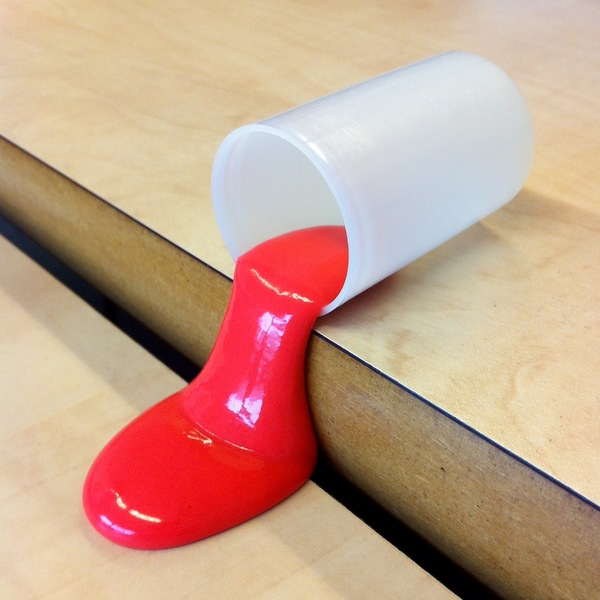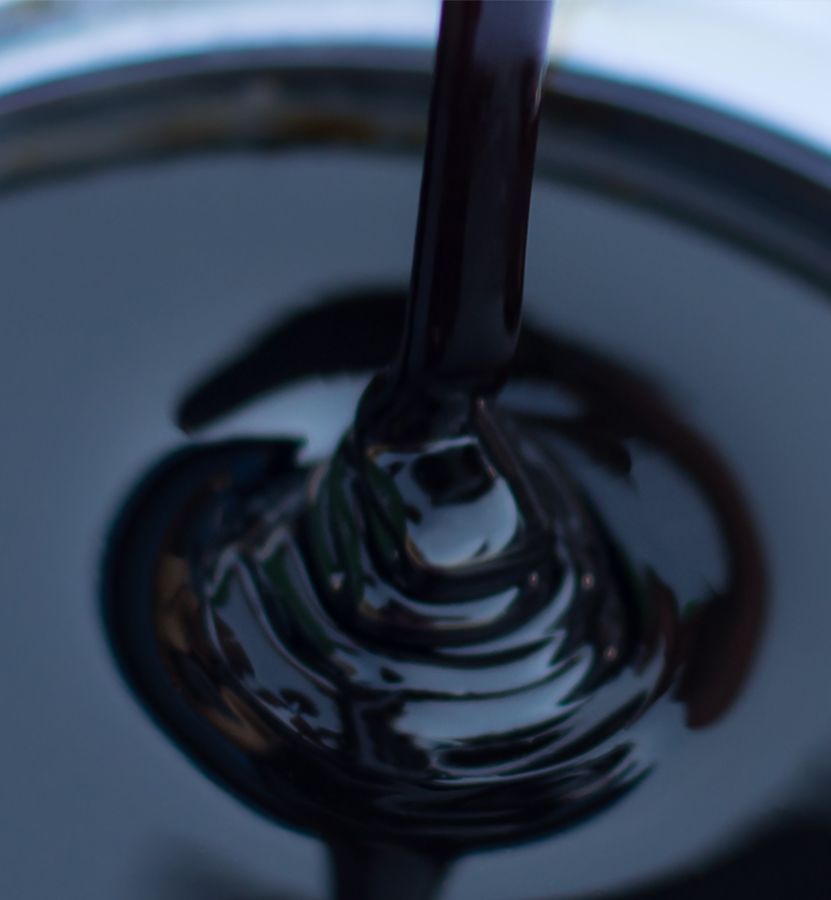

Temperature and Pressure Dependence of the Viscosities of Krytox GPL102 Oil and Di(pentaerythritol) Hexa(isononanoate). Journal of Chemical & Engineering Data 2015, 60 Krytox GPL102 Oil as Reference Fluid for High Viscosities: High Pressure Volumetric Properties, Heat Capacities, and Thermal Conductivities. Gaciño, David Cabaleiro, Luis Lugo, and Josefa Fernández. Measurements of the Viscosity of Krytox GPL102 Oil in the Temperature Range (282 to 364) K and up to 20 MPa. Assael, Lefteris Karagiannidis, Panagiotis D. Journal of Chemical & Engineering Data 2016, 61 Capillary Viscometer and Vibrating Tube Densimeter for Simultaneous Measurements up to 70 MPa and 423 K. Self-Diffusion Coefficients and Related Transport Properties for a Number of Fragile Ionic Liquids. Viscosity Measurements of Two Potential Deepwater Viscosity Standard Reference Fluids at High Temperature and High Pressure. Journal of Chemical & Engineering Data 2017, 62 In Pursuit of a High-Temperature, High-Pressure, High-Viscosity Standard: The Case of Tris(2-ethylhexyl) Trimellitate. Bamgbade, Jean-Patrick Bazile, Fernando J. Simultaneous Measurement of Dynamic Viscosity and Density of n-Alkanes at High Pressures. Journal of Chemical & Engineering Data 2019, 64 Viscosity and Density of n-Alcohols at Temperatures between (298.15 and 323.15) K and Pressures up to 30 MPa. Journal of Chemical & Engineering Data 2021, 66 Densities and Viscosities of Binary and Ternary Solutions of Triethylenetetramine, 2-Amino-2-methyl-1-propanol, and Water for Carbon Dioxide Capture. Atefeh Rezaei, Peyman Pakzad, Masoud Mofarahi, Amir Abbas Izadpanah, Morteza Afkhamipour, Chang-Ha Lee.Journal of Chemical & Engineering Data 2022, 67 Viscosity and Surface Tension of High-Viscosity Standard Tris(2-ethylhexyl) Trimellitate Close to 0.1 MPa between 273 and 523 K by Surface Light Scattering. Industrial & Engineering Chemistry Research 2022, 61 Thermophysical and Tribological Properties of Highly Viscous Biolubricants.

This article is cited by 42 publications.ĭel Río, David E. It is therefore not intended to supersede for the reference value for the viscosity of water at 20 ☌, which is known much more accurately, but rather to complement it. To that end, the recommended value has an overall relative uncertainty of approximately 1 %. The proposed reference standard is intended particularly to serve an industrial need for a readily available calibration material with a viscosity close to that required in practical situations.

The recommended values result from a critical examination of all the measurements conducted to date and are supported by careful arguments dealing with the likely effects of the isomeric content of the sample as well as of other impurities.

The samples of DIDP to which the recommended values refer are isomeric mixtures available commercially from certain suppliers, with a minimum purity by gas chromatography of 99.8 %. In addition, the paper contains recommended values for the viscosity of liquid DIDP. This paper does not describe the individual viscosity determinations carried out in independent laboratories because these are the subject of individual publications, but it does describe the ancillary studies conducted and their relevance to the viscosity standard. Density and surface tension measurements have also been performed. To support this recommended value, the various measurements conducted have been critically reviewed, and the sample purity and other factors affecting the viscosity have been studied. That project has now progressed to the point where it is possible to collate the results of studies of the viscosity of the fluid by a number of different techniques, so as to lead to a proposed standard reference value which will be included in the paper. Diisodecyl phthalate (DIDP) has been suggested as that reference fluid, and a number of studies of its properties have been carried out in several laboratories throughout the world, within the auspices of a project coordinated by the International Association for Transport Properties. In industrial practice, there is a demand for a reference standard for viscosity that is established for a readily available fluid to simplify the calibration of industrial viscometers for moderately high viscosities.


 0 kommentar(er)
0 kommentar(er)
